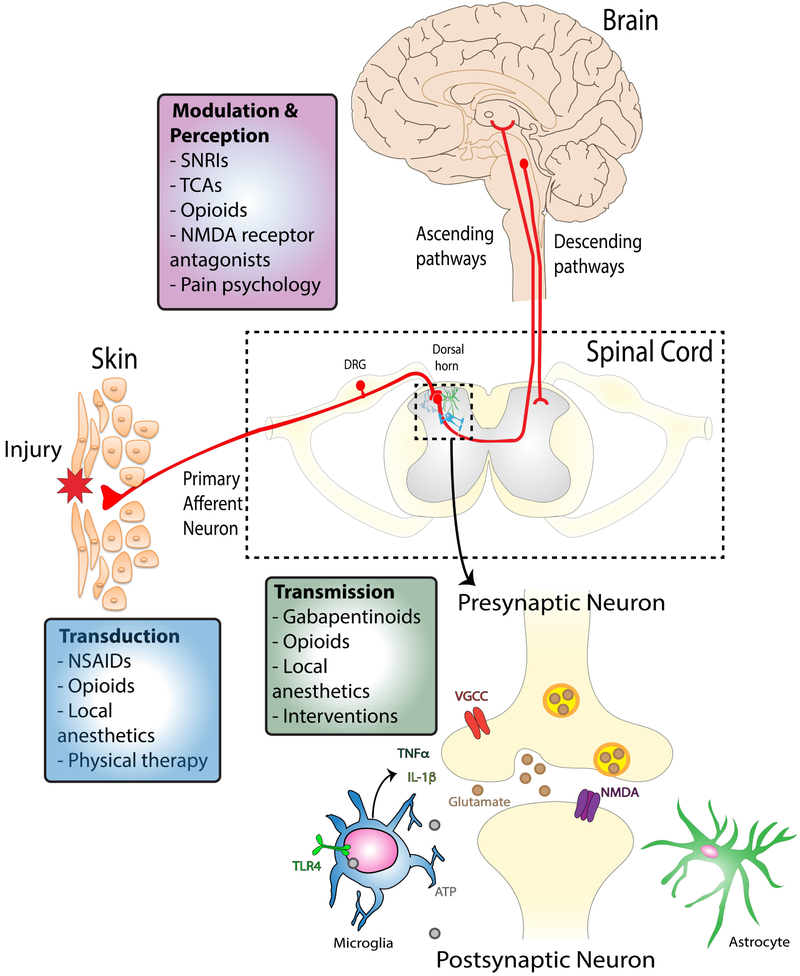Figure 2. Sites of action of multidisciplinary treatments for pain management.
In most cases pain is initiated in the periphery where primary afferent neuron terminals may be activated by local inflammatory mediators. Transduction of this signal from the peripheral to the central nervous system can be blocked by certain categories of drugs (NSAIDs, opioids, local anesthetics) and by increasing strength and mobility through physical therapy. Painful signals are then transmitted to the dorsal horn of the spinal cord where the central terminals of the primary afferent neurons form synapses with intrinsic spinal cord neurons. Gabapentinoids, opioids, local anesthetics and certain interventions can block this peripheral-to-central transmission. Finally, the painful signal is carried to the brain through ascending pathways for perception to occur and descending pathways can also be activated to modulate inputs in the spinal cord. Many medications can act on these systems including serotonin-norepinephrine reuptake inhibitors (SNRIs), tricyclic antidepressants (TCAs), N-methyl-D-aspartate (NMDA) receptor antagonists and opioids. Importantly, psychological interventions can engage descending inhibitory pathways to suppress painful signal transmission. Using multidisciplinary approaches that target different areas of the peripheral and central nervous system may limit side effects and improve efficacy of treatments.

